It’s time for Q&A Wednesday, and we have a great question I’m sure many of you can relate with.
Question:
We built a small cabin in 2008 and painted all walls SW 6106 Kilim Beige. We never refinished our wooden ceiling beams, just left them untreated and figured we would get back to them when we had some money. We have hard wood floors and beige wool berber carpet. It’s a lot of beige and I’d like to add some color. I’m considering accent walls, but I’m not sure. I don’t have the time, money, or patience to experiment and/or make mistakes. Whatever I paint it will probably stay on my walls another 10 years so it would be great to be happy with the look.
Here is a photo she sent so we could have a visual of her home.
Dear Queen of Beige,
Whenever a client tells me they have a color problem, I listen, but I don’t focus on color right away. Instead, I look at the VALUES that are going on in their home. The number one reason paintings don’t look good and rooms fall flat is because of a value problem, not a color problem.
For everyone reading this and asking, “WTH is a value?”, a value is how light or dark a color is.
And guess what?
Queen of Beige, you don’t have a value problem. Congrats! You have a full range of light, medium, and dark in your room. Let’s jump into your color issue.
There are infinite ways for you to add color. Let’s talk about a few of them. First, however, let me say this:
- DON’T PAINT AN ACCENT WALL!! Accent walls that help a home are few and far between. Don’t do it! Especially in a cabin with an open floor plan. For an accent wall to be successful, it has to coordinate with the most amazing focal point in the room. Is that your windows? The fireplace? The television wall? I would say your windows, but painting that wall would be jarring. Guess what? I like your beige. Your cabin has a zen feeling I love in homes. We need to do something else besides paint to get your room singing.
- What about adding some floor-length panels on your lower windows for color and texture?
- Pick a bigger rug. This will do a couple of things: Cover up some of the wood floor, which is the same value as the walls, and add more color/interest. If you can, try to get all the legs of every piece of furniture onto the rug. A great budget-saving tip is to purchase a large natural fiber rug that fits your furniture then add a patterned, more expensive rug under the coffee table. P.S. That coffee table is gorgeous!
- Swap out your existing pillows and throws, and you’ll have a whole new room! And what about making that chandelier a statement piece instead of a side note? Here are a few picks that could be fun.
From Right to Left:
Pillow is from Etsy
Rug is from Chairish
Fabric is from Greenhouse Fabrics (use it for the drapes)
Chandelier is from Arteriors Home
(Disclaimer: I don’t know if these items are the right size, so don’t order without measuring. For inspiration only).
For anyone else out there with too much beige, you can follow a similar formula. Pick a new rug, coordinate window treatments and pillows, and add texture! Every room, even a neutral one, can benefit from lots of texture.
Thank you for submitting your question, Queen of Beige. It is a common one many people deal with. When it comes to peoples’ homes, they get cold feet and opt for “something neutral” so they won’t tire of it. What I’ve come to learn is that people tire of their homes anyway. Why not make it interesting?
Do you have a design dilemma that you can’t solve? Submit one via my contact page, and you could be featured on the blog!

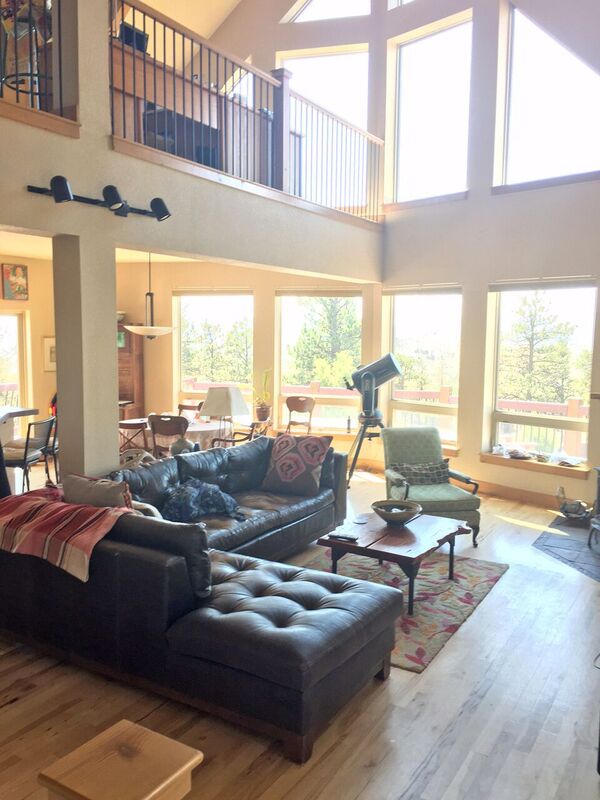
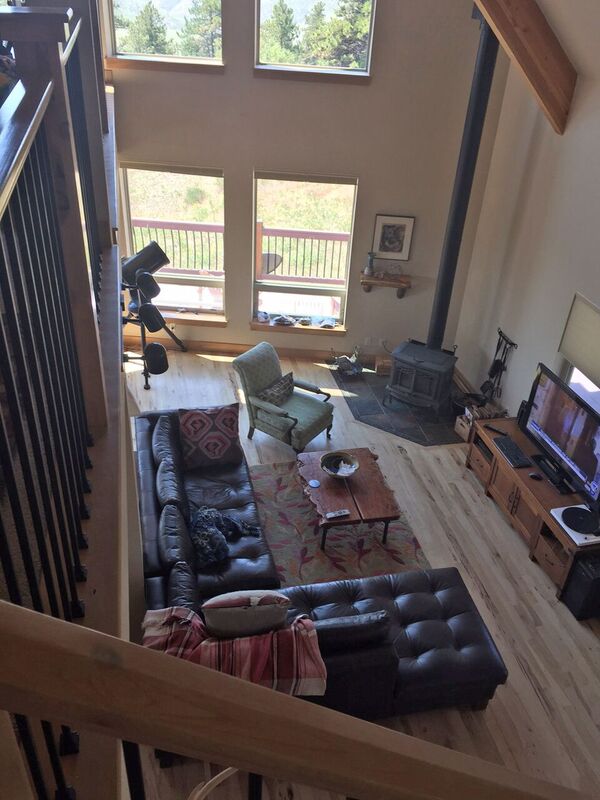
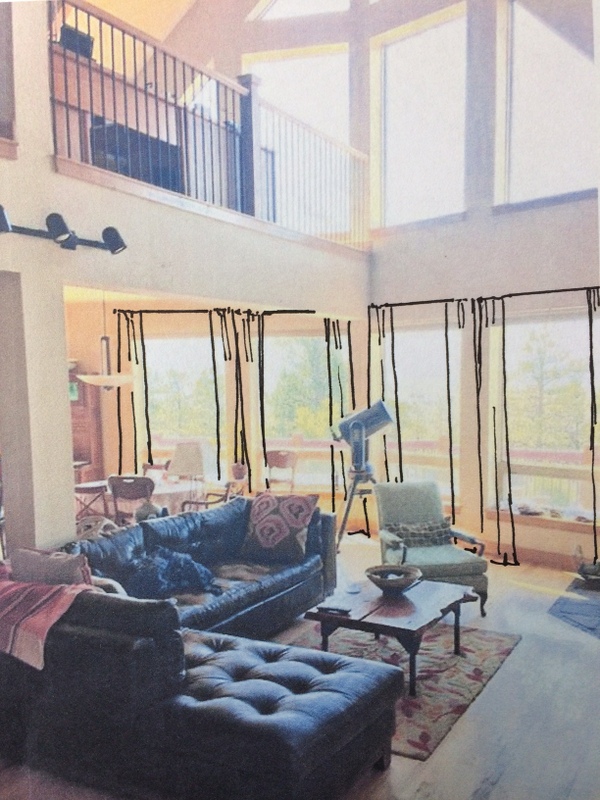
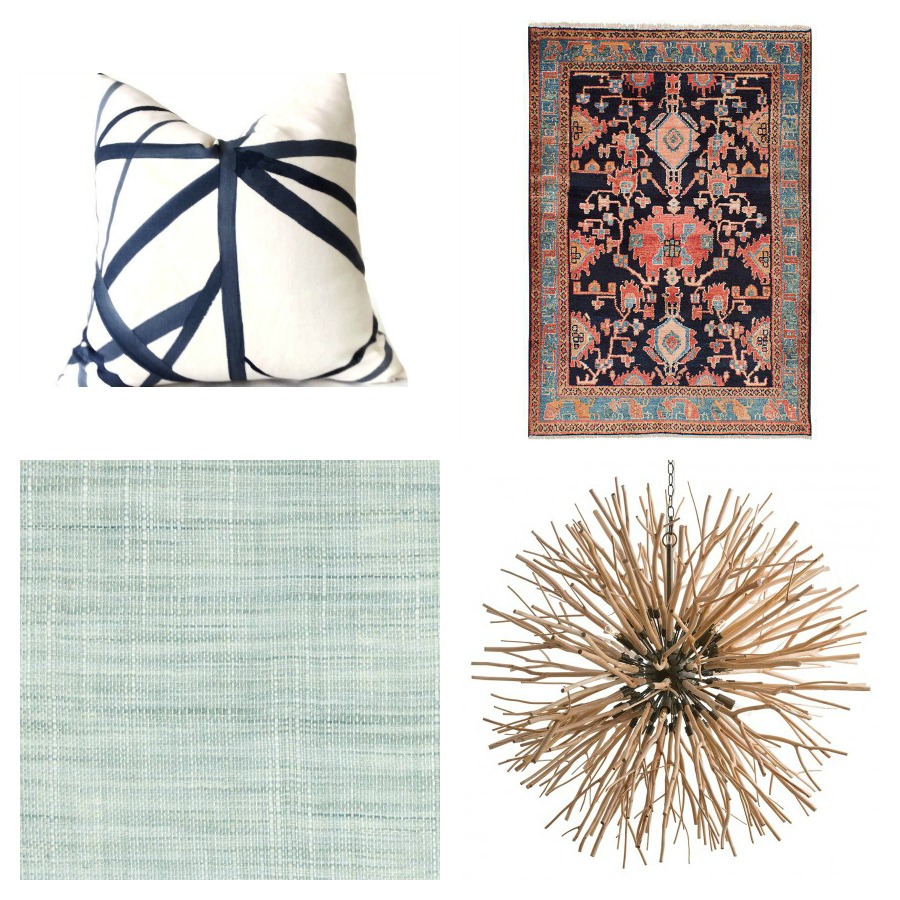
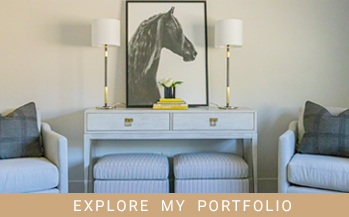


Tawna, I love your solutions for making my beige home less neutral. I’ve been following you since around the time we built our home and love your thoughtful design ideas. You’ve given me a new way to look at my house and I appreciate this so much.
AHHH Kilim Beige. Sherwin Williams still tries to tell people its a great color to use and I wish I could tell them to STOP!
I suspect that’s more of a local store owner’s opinion than anything…haha. Old habits die hard.
Honestly nothing is wrong with beige or gray. They will always go through phases where they switch back and forth as the neutrals. It’s HOW they are used that matters. Thanks for stopping by!